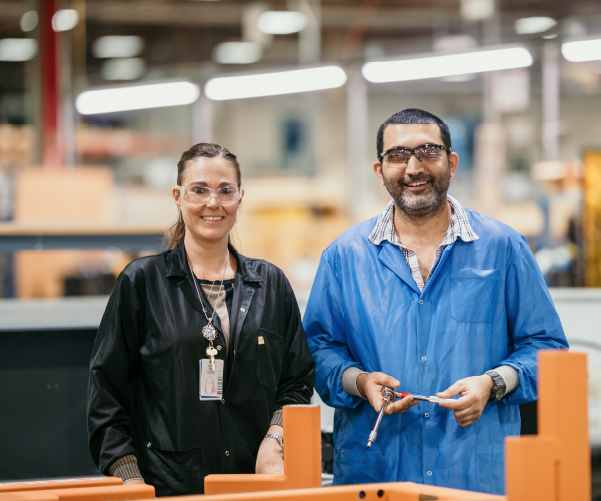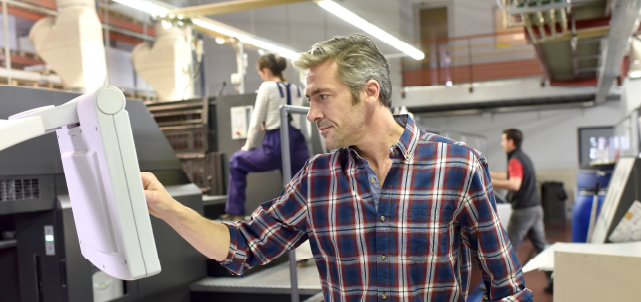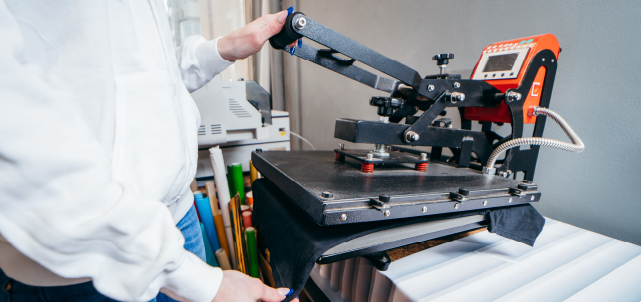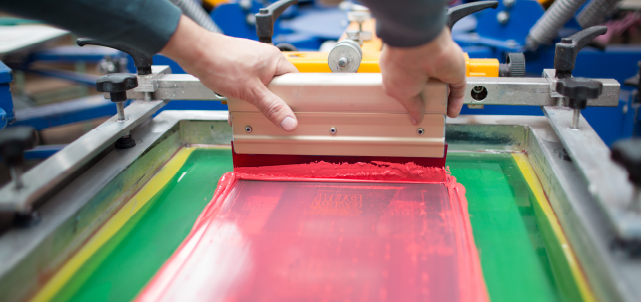Showcases like the Impressions Expo Long Beach are rare chances for attendees to get up close and personal with the latest and greatest that the screen printing industry has to offer. For shop owners who have had their eye on a particular product or service, trade shows are a chance to ask questions and preview what it has to offer before committing to a purchase.
One piece of equipment that attendees should stay on the lookout for is computer-to-screen (CTS, also referred to as direct-to-screen; DTS) printers. These printing systems offer a list of benefits over traditional film printer setups, some of which you can see in person at, say, a screen printing trade show in Long Beach.
If you’re someone who either has been thinking about purchasing your own CTS printer or is just learning about the technology, you’ll want to refer back to this guide to know what to look for when getting CTS demos at trade shows.
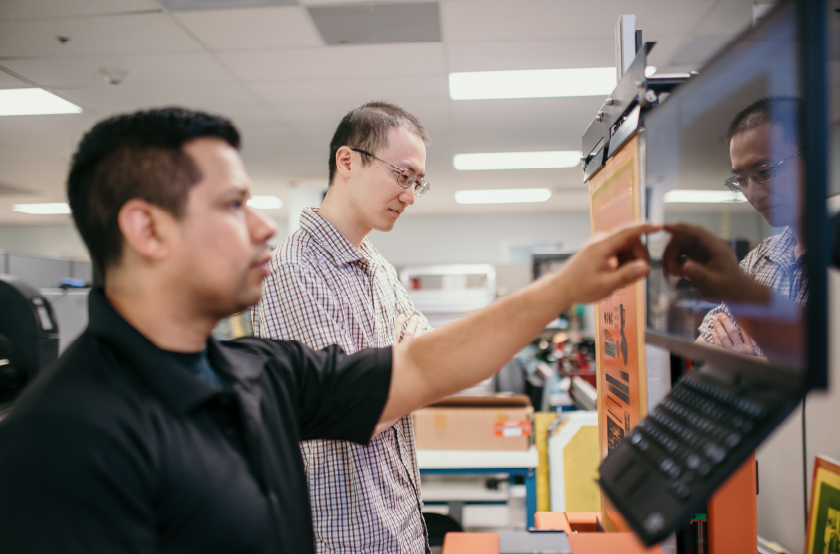
Expertise and Proficiency
To get the most out of CTS printing systems, you need an experienced team of operators. Yes, the technology on display is cutting edge and generally easy to use, but if you’re not familiar with it, it’s unlikely you’ll be able to really capitalize on it.
On top of this, a team with years of experience will also be able to point out the subtleties of screen printing with CTS technology that you may not be aware of. Be sure to chat with vendors, really pick their brains, and see how thoroughly they know their technology. This way, you’ll walk away with tips and tricks that only industry veterans would know about.
Screen Quality
One of the biggest tangible benefits of CTS printing technology is the ability to consistently produce high-quality screens: wax-based CTS printers can produce higher resolutions than film/inkjet printers. Even high-resolution film screens can’t achieve the same quality due to undercutting, the reduction of the size of an image due to light traveling beneath the film.
The main ink types used in modern CTS printers are wax and water-based inkjet toners that have been formulated with UV-blocking properties. Some CTS systems that utilize wax ink, like the Spyder III, for example, can reportedly print at 1,200 DPI, allowing for halftone frequencies up to 85 LPI. Attendees will be able to verify this for themselves at trade shows, where they can look at screens with their own eyes.

High Density, Dark Images
Another tangible benefit of CTS printing systems is their proficiency in printing dark, high-density images. For example, the Spyder line of CTS printers from EXILE Technologies heats its wax-based ink into a liquid, then jets it directly onto a coated screen. The ink dries instantly, creating a high-density, light-blocking mask that adheres to any emulsion.
These high-density screens ultimately result in better image fidelity and less improper exposure. Additionally, with CTS printing, the process is not only less time-consuming than with film setups, but cheaper as well. Bricks of wax are more affordable than sheets of film, which are no longer needed in this process. Again, this benefit will be easy to observe in person.
More Accurate Registration
CTS printers use automation to eliminate much of the human error that typically occurs when printing with film. Going back to the Spyder family of CTS printers, they offer either a three-point or a pin registration system. Using these systems means no longer taping multiple film positives or manually lining up screens by hand. When you’re on the trade floor, be sure to ask about how easy registration is with CTS technology; vendors will be more than happy to show you.
Some CTS printers are also compatible with automated exposure units like the V-LUX. The V-LUX uses integrated rails to make sure screens are properly exposed in only a matter of seconds. There’s no glass or vacuuming involved in this process, which means no pinholes or other artifacts from dust, scratches, etc. If it sounds too good to be true, stop by the EXILE Technologies booth and see for yourself.
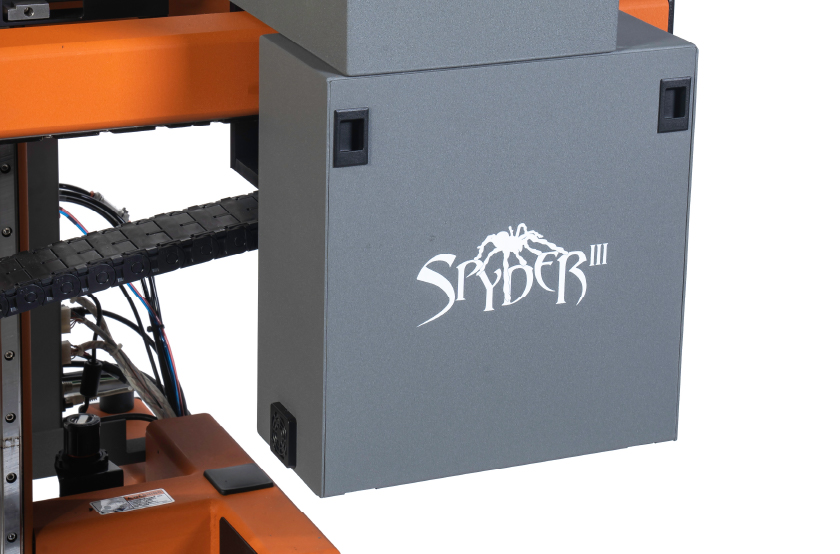
Speed up Production Times
One of the biggest pros of CTS systems is how much they save operations on labor costs. Since CTS technology outputs a design directly onto the screen surface coated with photo emulsion, a film positive is no longer required for screen exposure. This alone can save a shop thousands of dollars per year in film costs while also increasing productivity; some manufacturers claim that their systems can reduce time in the screen room by half.
Some top-of-the-line CTS printing systems like the Spyder III can easily image screens in under 2 minutes at 1,200 DPI, which can greatly increase any operation’s productivity. Unlike the other benefits, this one is a bit harder to demonstrate on a trade show floor. However, any CTS vendors present will be able to vouch for the increased efficiency and speed of CTS printers.
EXILE Technologies will be present at the Impressions Expo Long Beach in Booth #1111, where we will be showcasing some of our industry-leading screen printing technology like CTS systems and automated exposure units. We have over 30 years of experience in screen printing, so contact us today to learn more about what to look for when getting CTS demos at trade shows.
